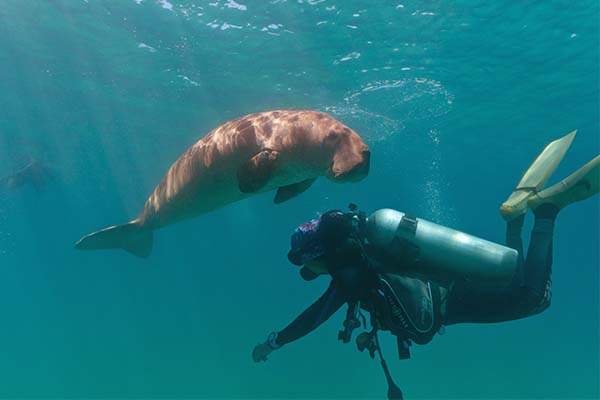where to find the Dugongs on Busuanga and how to get there from Coron ?
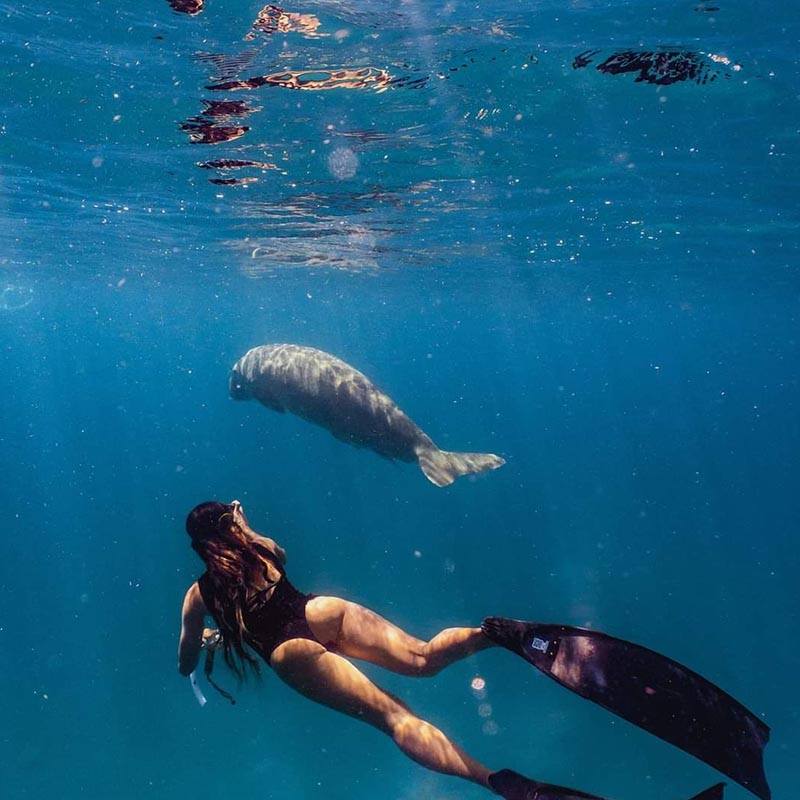
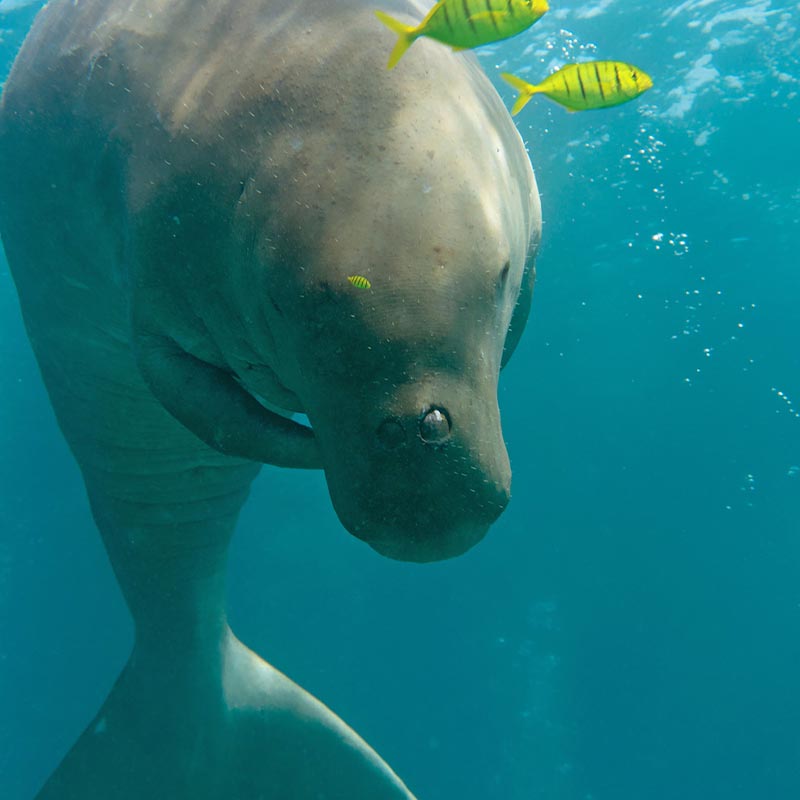
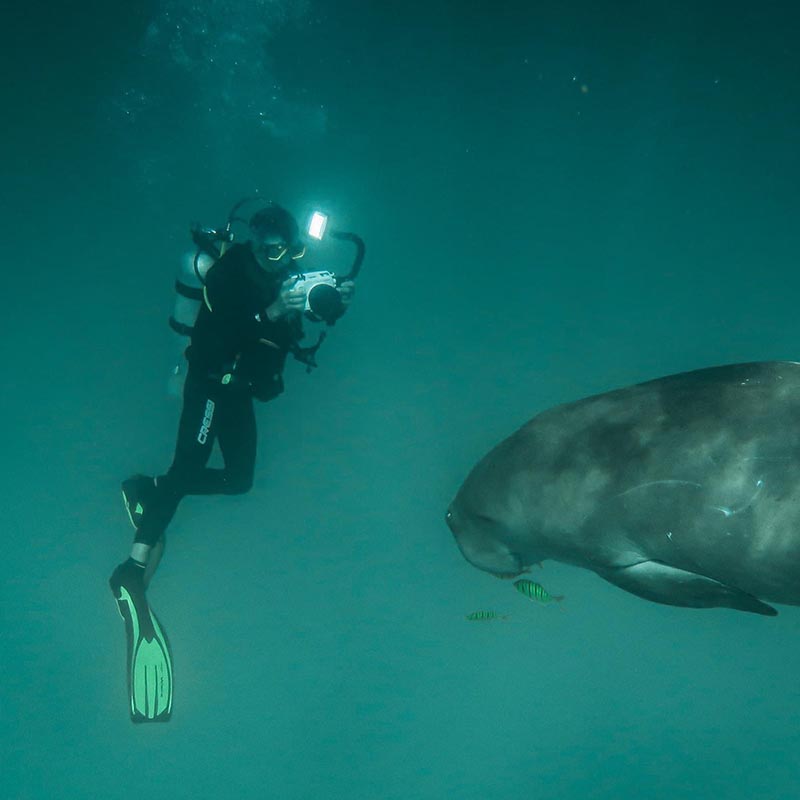
Encounter the Gentle “Sea Cows”
Dugong Watching on Busuanga Island
The pristine waters off Busuanga Island, particularly in its northern reaches, are a cherished home to dugongs, often affectionately known as “sea cows” or “mermaids.” These gentle, herbivorous marine mammals are an endangered species, their survival intimately linked to healthy seagrass meadows. A chance encounter with them is a truly unforgettable and moving experience.
Where and How to Spot Dugongs
Habitat: Dugongs feed exclusively on seagrass, so they thrive in shallow, sheltered coastal waters (often less than 10 meters deep) where these vital meadows flourish. The Busuanga/Coron region is a crucial habitat for them.
Tours: Most dugong encounters happen through organized full-day tours, typically starting very early in the morning from Coron Town. Some individual tours might also depart from Ocam Ocam or directly from the northern coast if you arrange your own transport. Here, we’ll focus on tours from Coron Town:
Your journey usually begins with a van transfer from Coron Town (approx. 1.5 to 2 hours) to a departure point on the northwest coast of Busuanga Island, often near Calauit Safari Park or specific dugong protected areas.
From there, a speedboat will take you to the sighting areas, which can take another 40-45 minutes.
Reputable providers like “Dugong Dive Center”, “Pirates Diving Center,” “Experience Coron Travel & Tours,” or “Freediving Coron” offer specialized dugong watching tours.
Divers in the region will also encounter sea turtles, schools of fish, and occasionally even manta rays

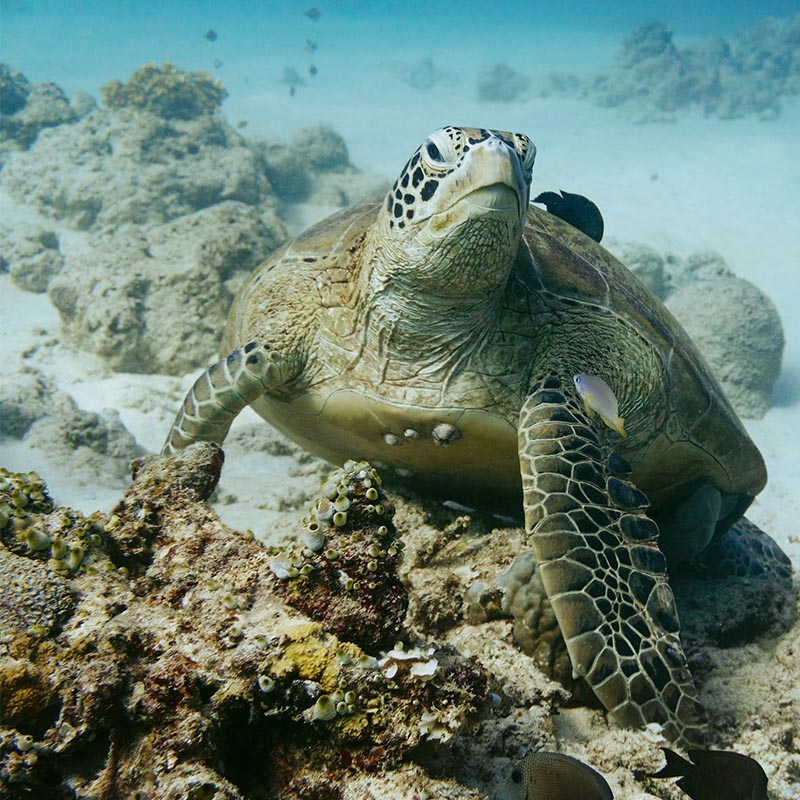
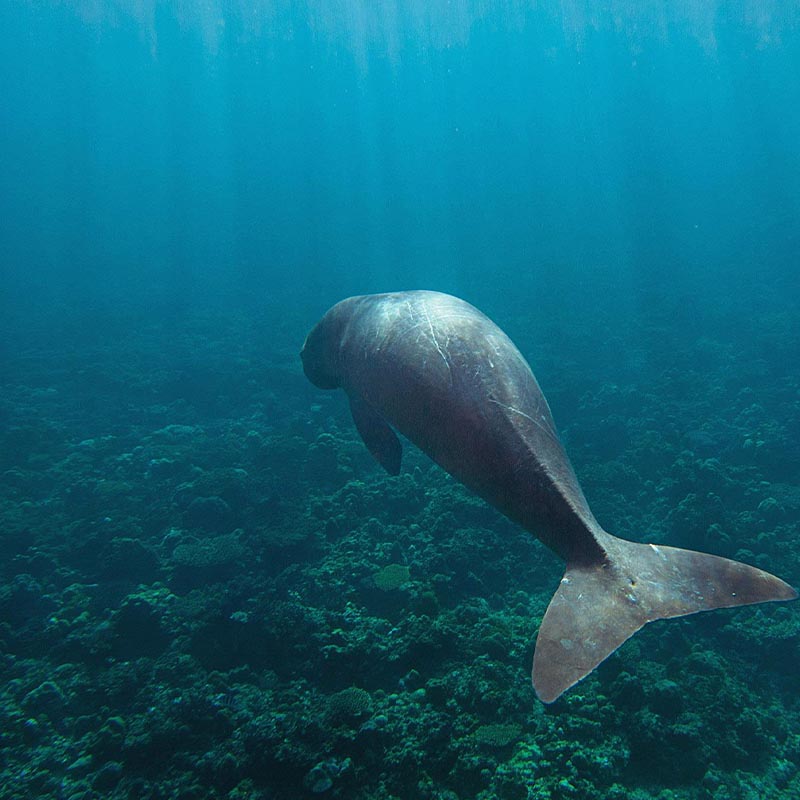
The Observation Experience
Snorkeling is Key: Visitors typically observe dugongs while snorkeling. When a dugong is spotted (they surface every 4-5 minutes to breathe), the boat will approach cautiously. Then, small groups (often a maximum of 4 people at a time) are allowed to enter the water to observe the animal while snorkeling.
Scuba Diving: Some specialized dive centers (like the Dugong Dive Center) may also offer the rare opportunity to scuba dive with dugongs, if conditions permit and the animal shows no signs of shyness.
Important Guidelines for Responsible Dugong Watching
Dugongs are naturally shy creatures with poor eyesight, and they can be easily startled by sudden movements or loud noises. Therefore, strictly adhering to observation guidelines is crucial for their protection and well-being.
The conservation of dugongs and their habitat is paramount. Tourists are strongly urged to follow these rules:
Maintain Distance: Always keep a minimum distance of 5 meters from the animal. Do not swim directly in front of the dugong.
No Chasing or Touching: Never attempt to chase, touch, or influence the animal’s movements. Let the dugong decide if it wishes to approach.
Remain Calm: Move quietly and silently in the water (e.g., gentle fin movements, no jumping from the boat, no talking underwater).
Do Not Feed: Never feed dugongs. They need to consume up to 50 kg of seagrass daily, and human interaction must not disrupt their feeding habits.
Protect Their Habitat: Avoid touching corals or other marine life. Ensure your boat does not anchor on seagrass meadows.
Choose Wisely: Always select sustainable and certified tour operators who adhere to ethical wildlife watching guidelines and contribute to dugong conservation efforts. Some tours directly support the Dugong Conservation Society.
Best Time for Dugong Watching
The optimal time to spot dugongs is generally during the dry season, from January to May, when the animals are more active and more frequently seen in shallower waters. Cooler weather and calm seas also contribute to better viewing conditions.
connected themes :
One of the best areas to learn freediving and one of the most comfortabe and photogenic areas to practice it.
find out about attractions
and activities in Coron and
Busuanga area.
Pristine Beaches, Local Charm, & Unique Wildlife Adventures.
Embrace the Beauty of Nature in the West.
Explore this unique sanctuary
of African Wildlife and Endemic Species
on a Philippine Island.

